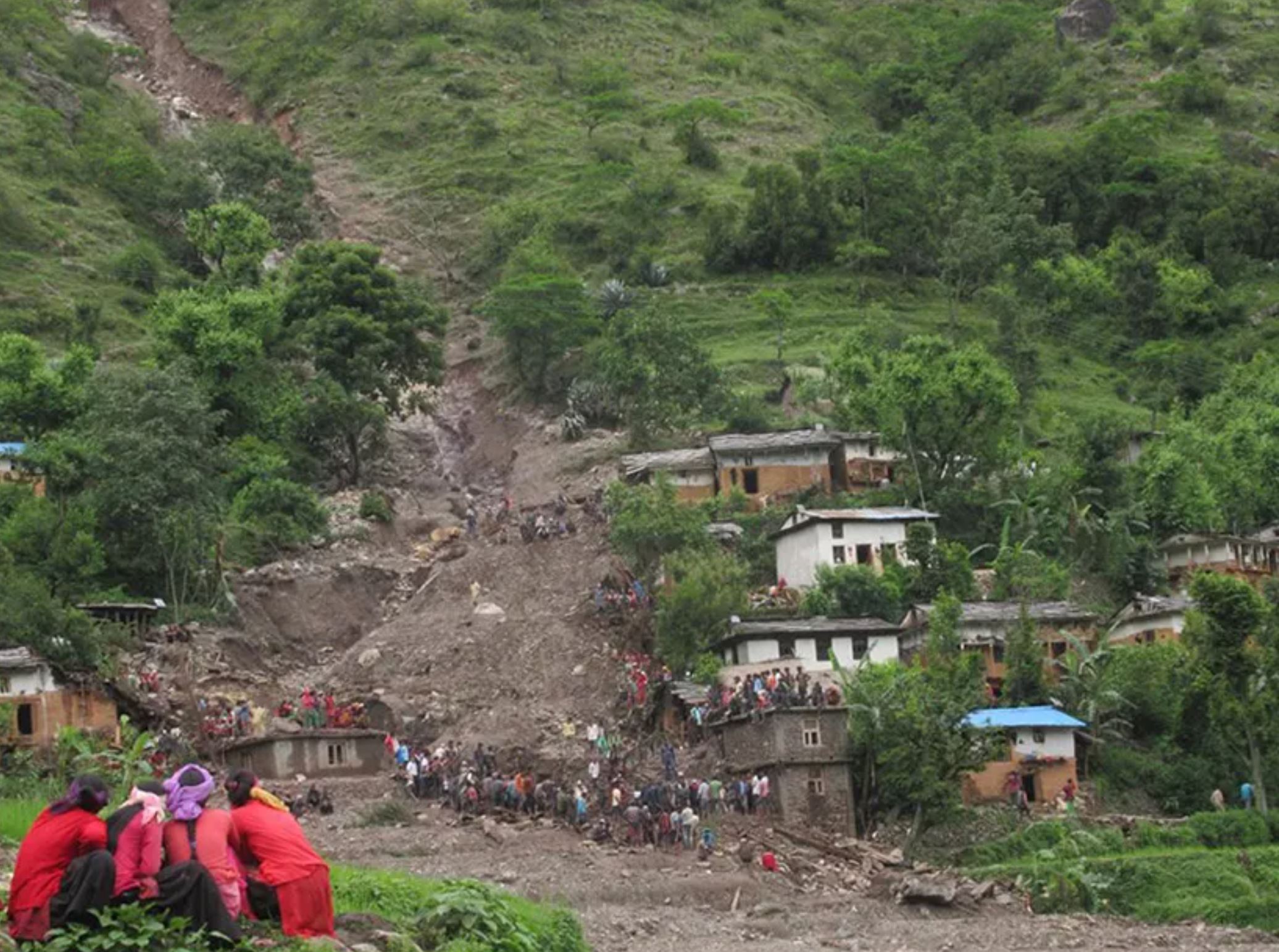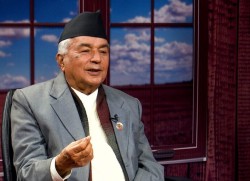Nepal

A team from the National Disaster Risk Reduction and Management Authority (NDRRMA) has arrived in Jumla to study the government-declared crisis-hit villages and wards.
The government had declared disaster-hit Kanakasundari, Sinja, and Hima rural municipalities and wards 1, 2, 3, 4, 6 and 7 of Tila rural municipality of Jumla as crisis zone three days ago. The floods and landslides that occurred after incessant rain during October 5-10 devastated the human settlements in the areas.
A three-member authority team, headed by Under-Secretary Pawan Babu Bastola, arrived in the district on Tuesday to conduct a study in the crisis-hit zone, according to Assistant Chief District Officer of Jumla Pramila Rijal.
She said the District Disaster Management Committee (DDMC) would provide coordination support and facilitation through local government units concerned to the team for the study in the crisis-hit zone in Jumla.
The DDMC also instructed each local government unit to send comprehensive details of disaster-incurred loss and damage to the DDMC through Ward Disaster Management Committee within seven days, Rijal said.
The study team will move to Tatopani rural municipality on Wednesday to conduct an on-site study. She added the DDMC also decided to request the Home Ministry, provincial government and other non-government stakeholders to immediately provide food and non-food relief assistance to the flood- and landslide-displaced families.
The committee has also asked the Nepal Army's Jumla-based battalion to provide support in coordination with the Department of Roads and District Administration Offices in Kalikot and Jumla to resume the disaster-disrupted roads.
Team member of the authority, Deepak Kumar Khadka said the government would provide relief to the needy upon evaluating the nature of loss per the DRR procedural guideline. He said each flood and landslide survivor family was entitled to receive Rs500,000 in relief assistance in mountain districts, Rs400,000 in the hills and Rs300,000 in Terai districts.
According to the procedural guideline, the local government has to contribute 10 percent, province government 30 percent and the federal government 60 percent while managing the relief. - RSS






